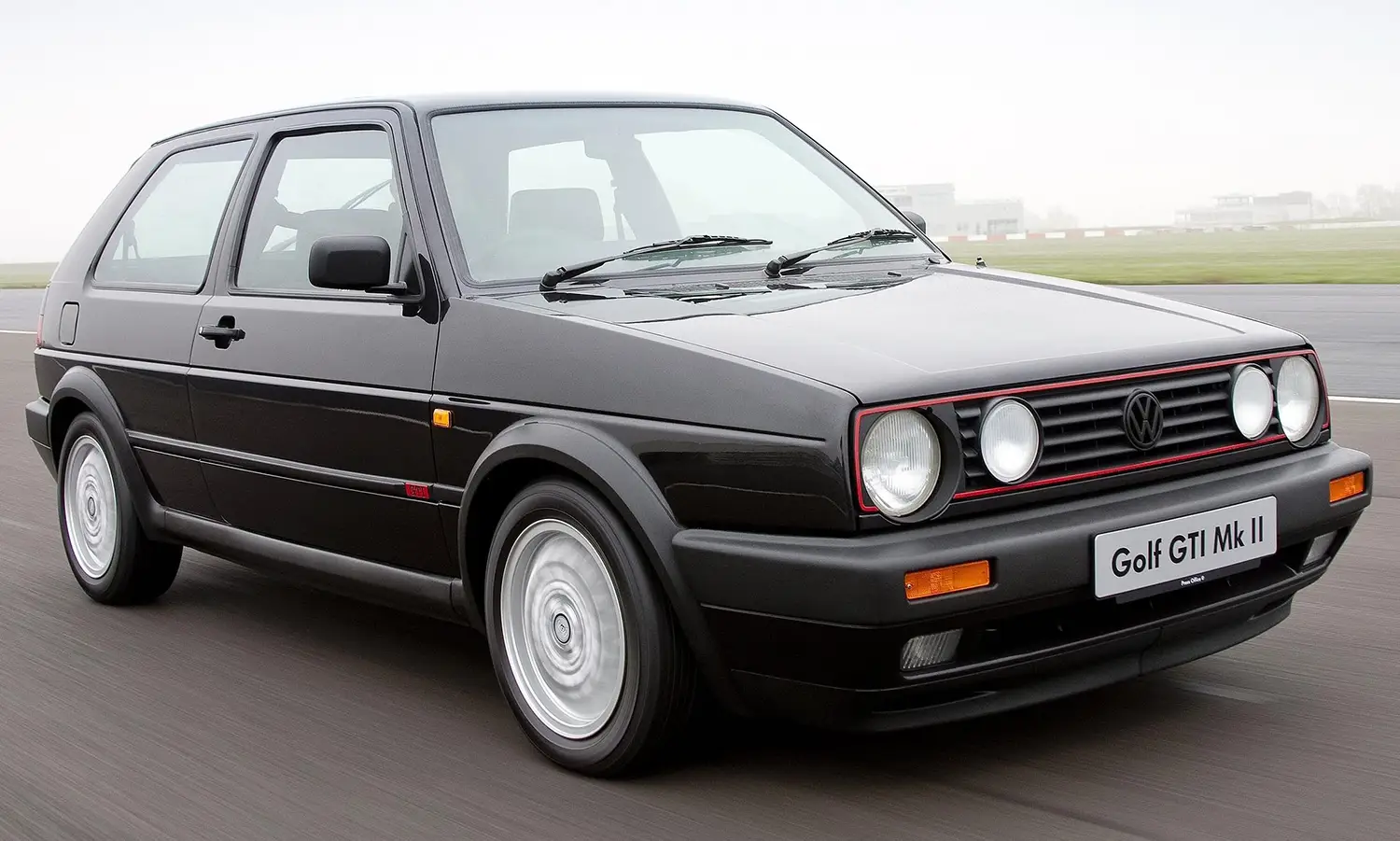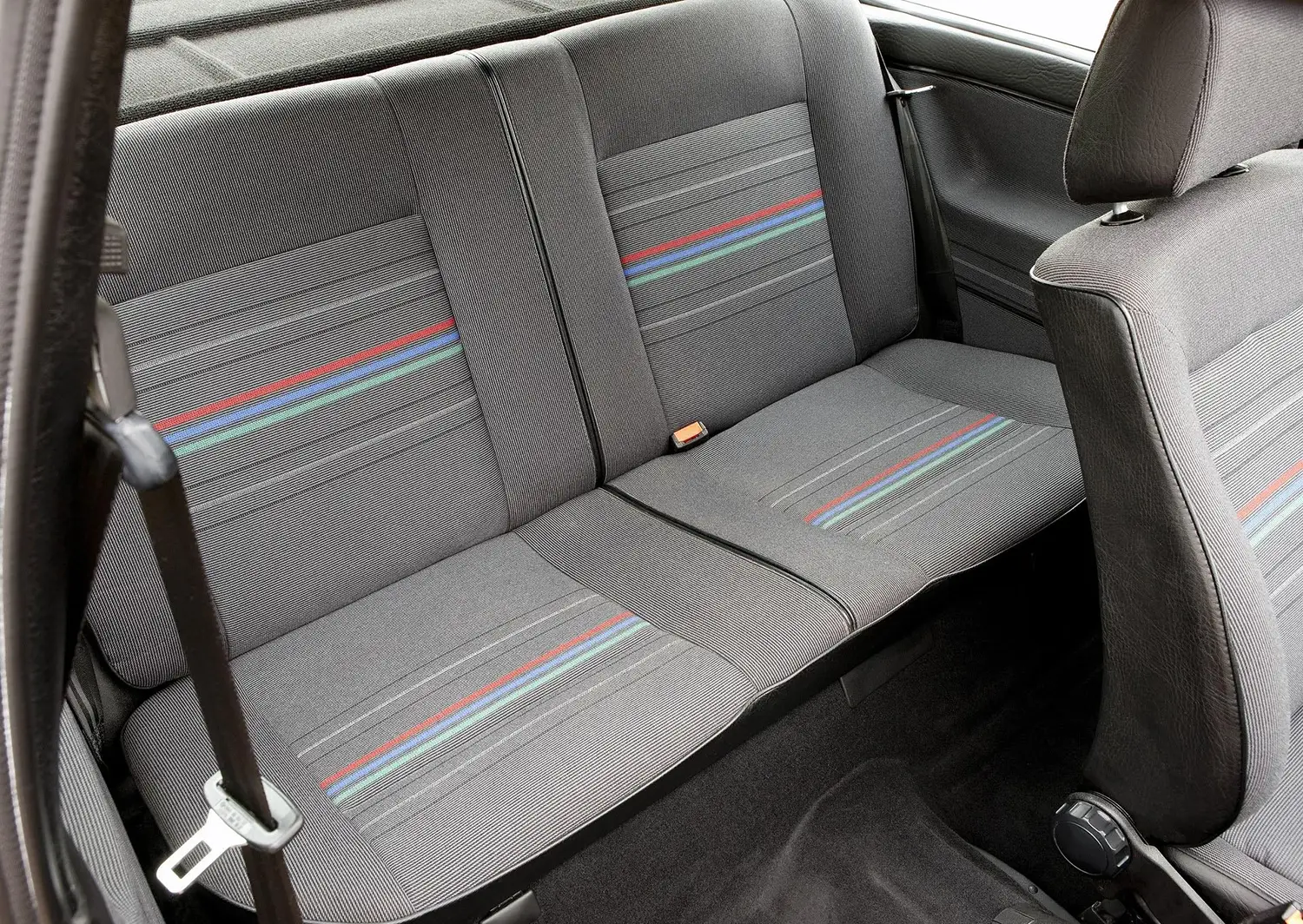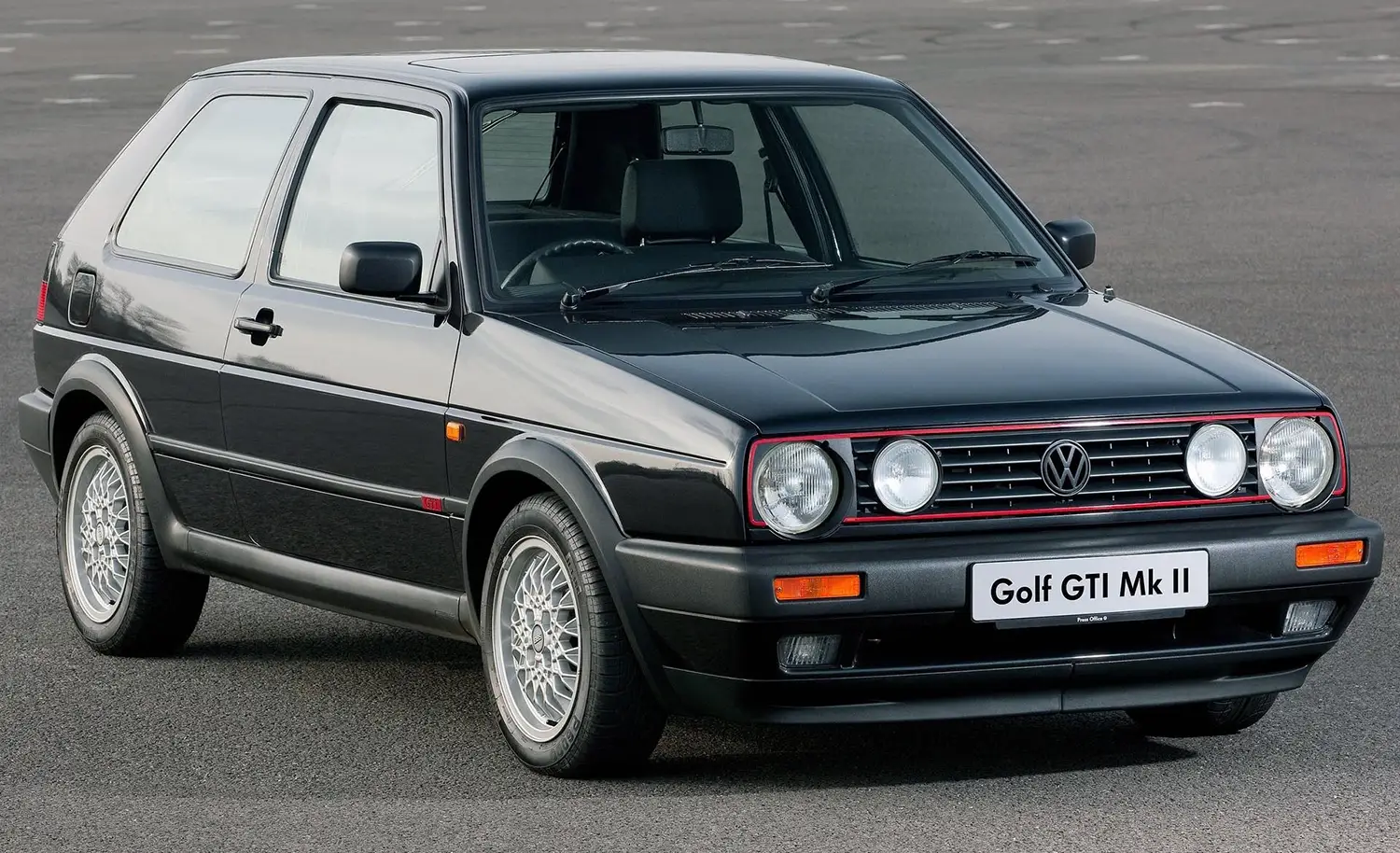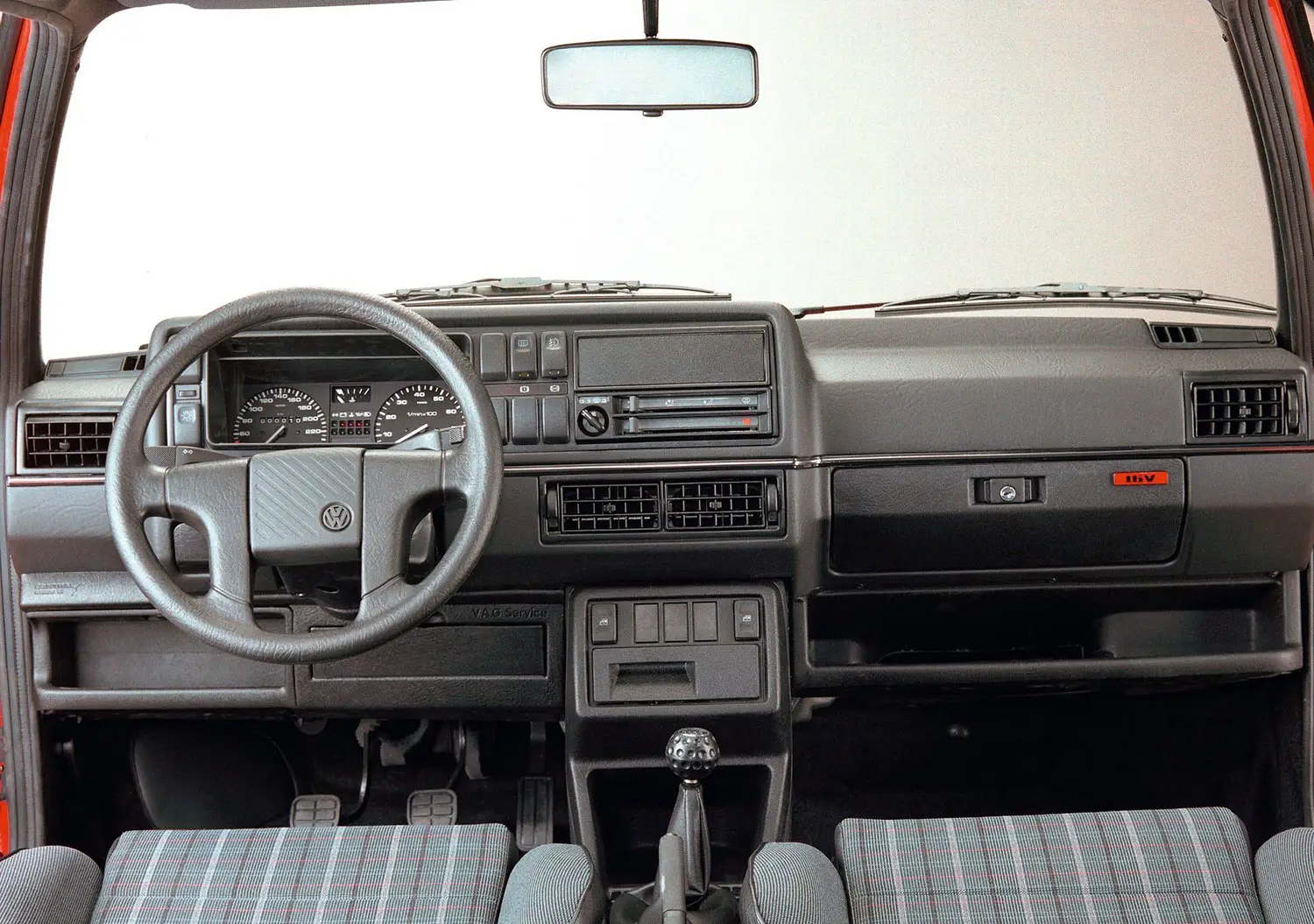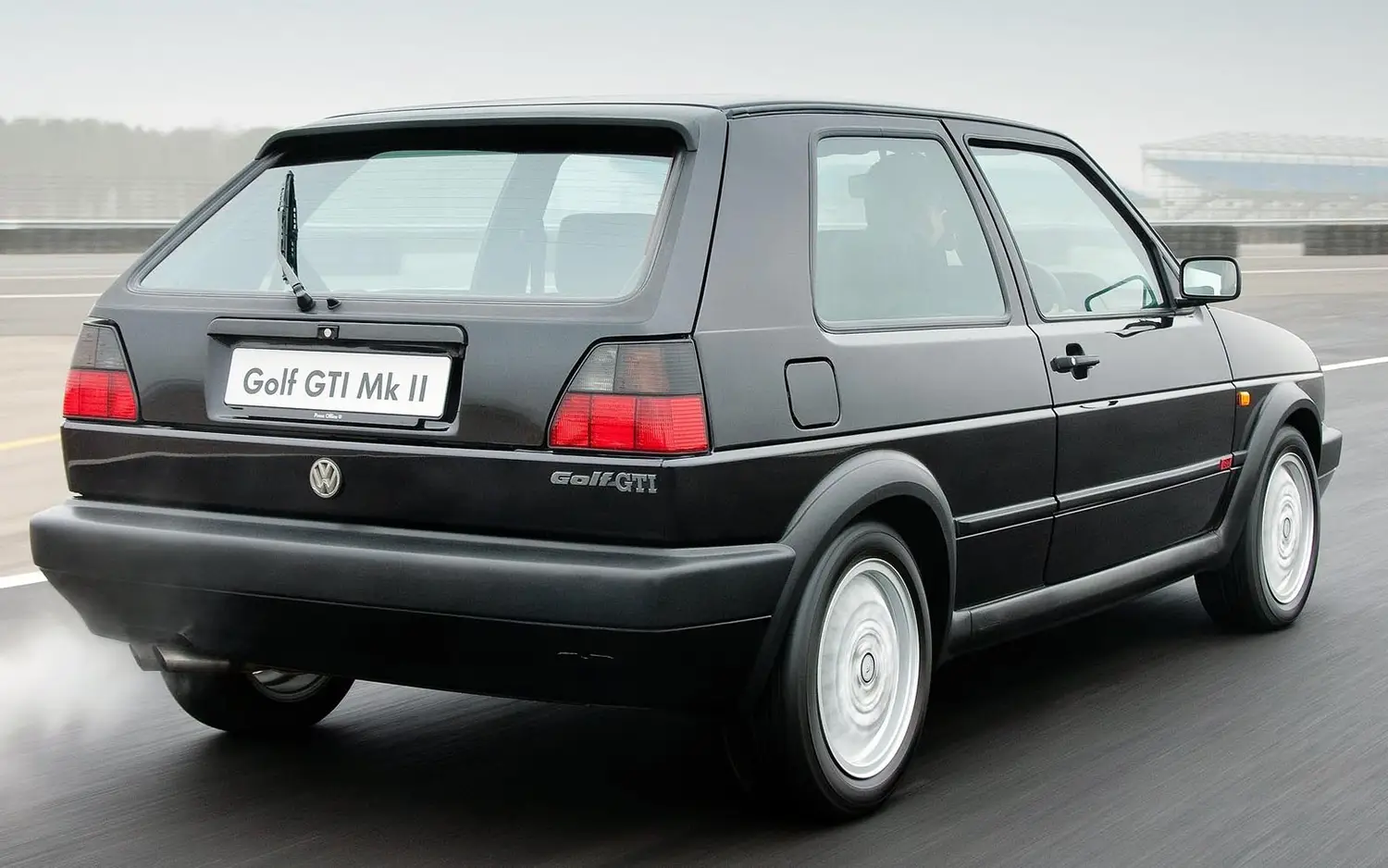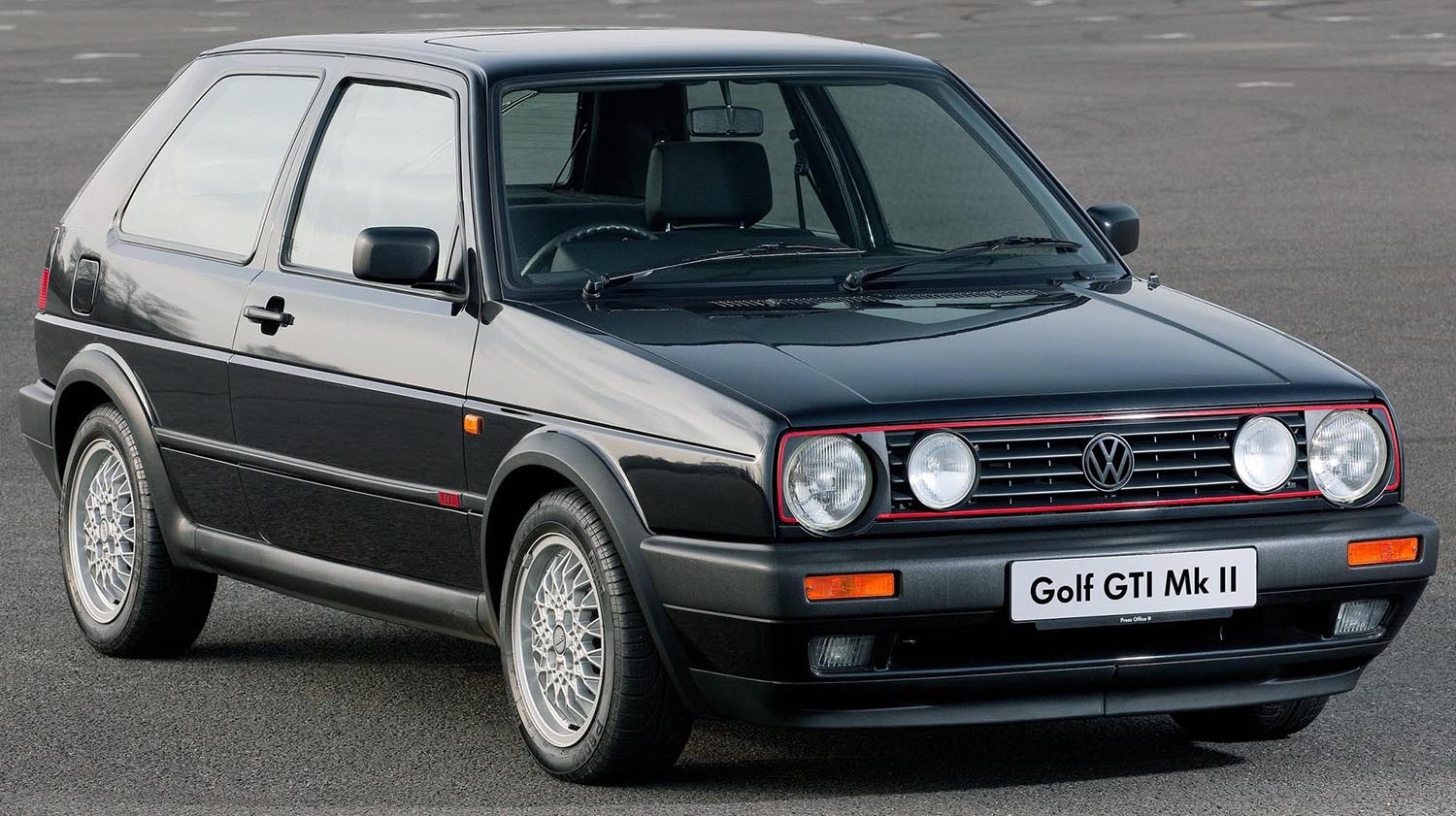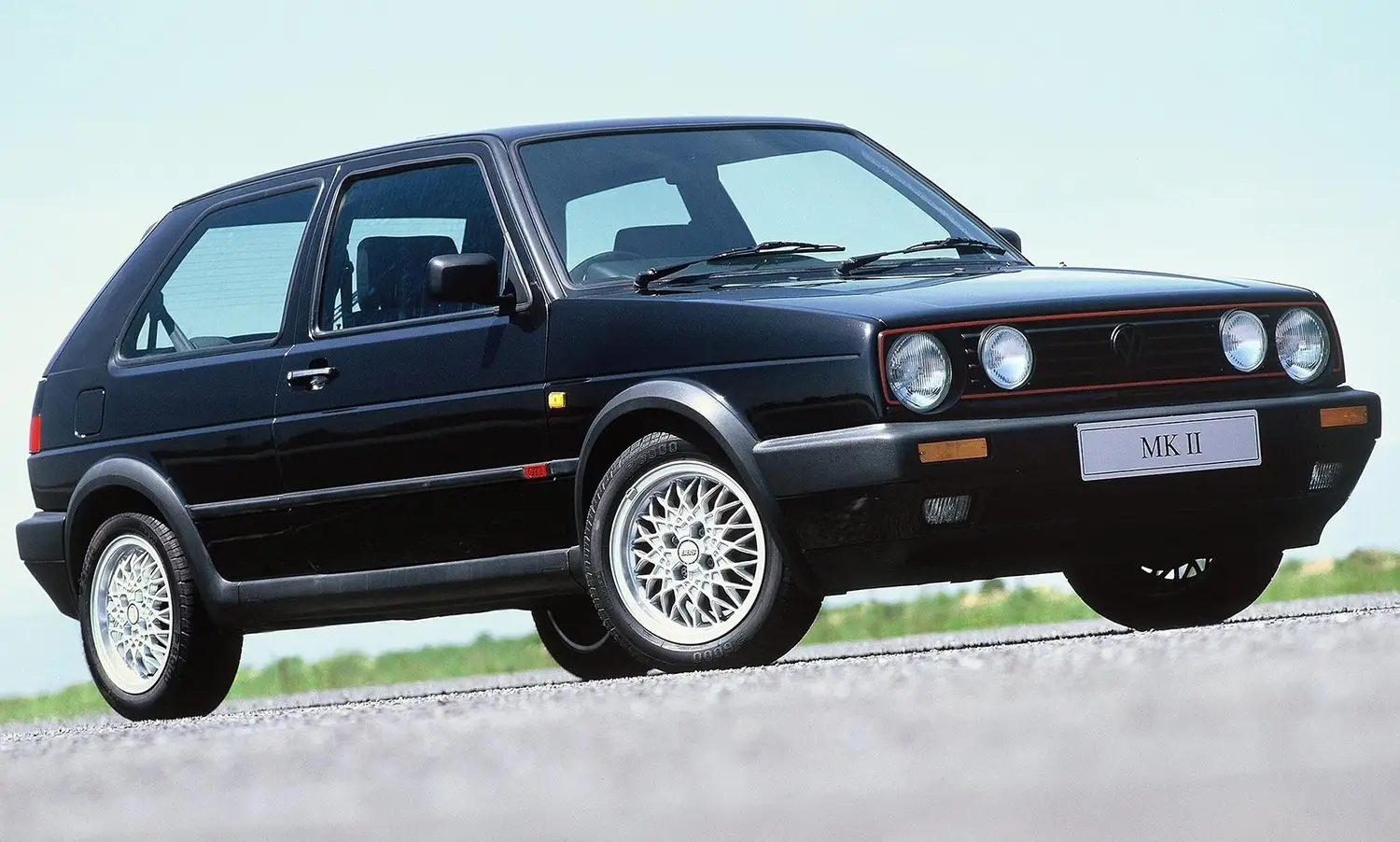
The 1983 Volkswagen Golf II GTI marked the evolution of one of the most influential hot hatches ever created. Building on the success of the original Golf GTI, the second-generation model refined the formula with more power, improved comfort, and sharper dynamics. It continued the story of accessible performance, now more mature but still thrilling at heart.
A New Generation Begins
When the Golf II GTI arrived in 1983, it faced high expectations. The first GTI had established a new segment, proving that practicality and performance could coexist. Volkswagen’s task was to keep that character alive while adapting to a changing automotive landscape. The result was a car that stayed true to the GTI spirit while pushing the concept forward.
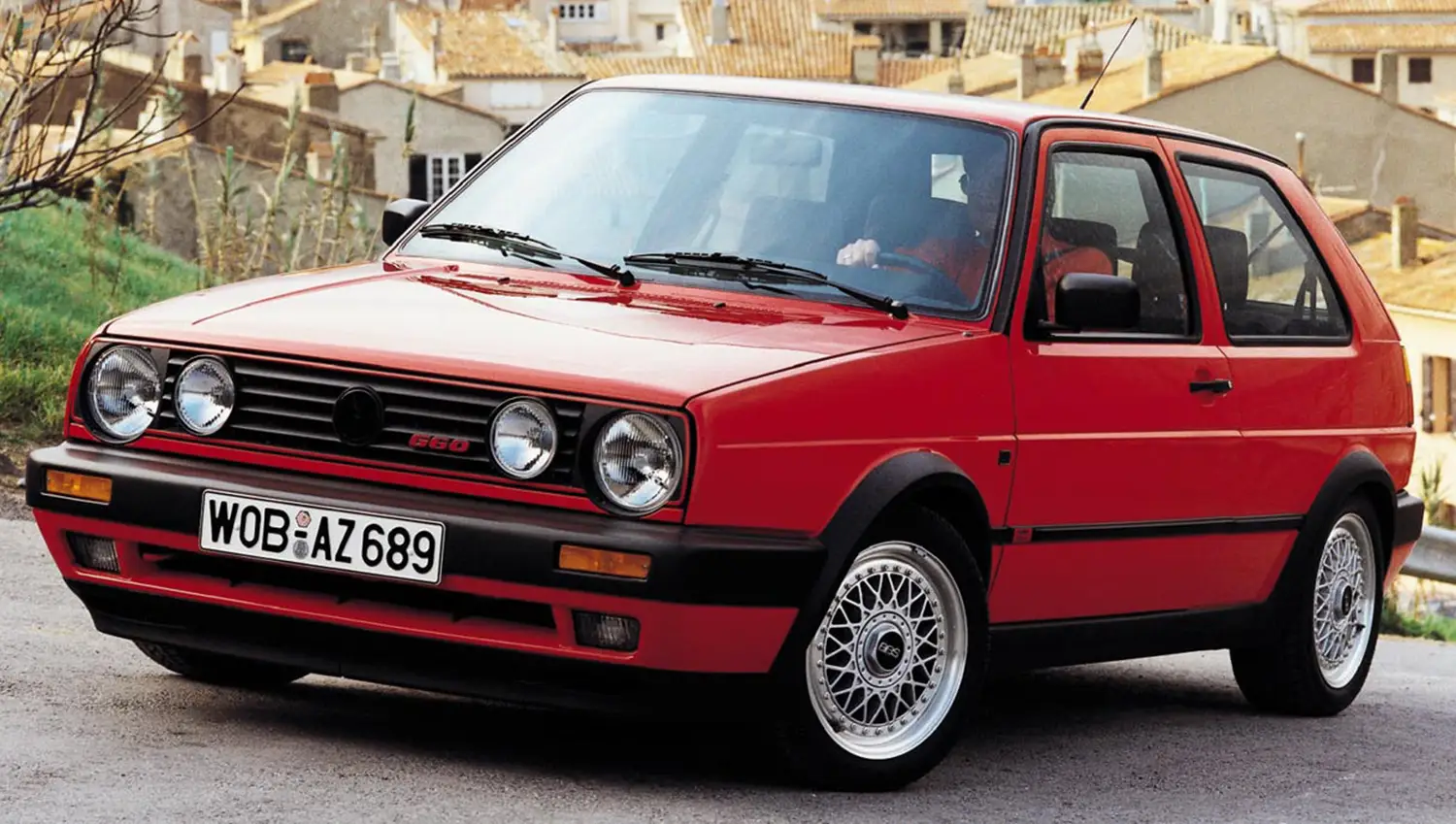
Design and Refinement
The new Golf II featured a larger and stiffer chassis than its predecessor, offering improved stability without losing its compact proportions. Wider and slightly longer, it gained a more aerodynamic profile while keeping its clean and understated look. Red grille trim, twin headlights, and GTI badging preserved the visual identity fans loved.
Inside, the cabin became more refined yet retained the GTI’s sporty character. Iconic tartan seats returned, joined by a sport steering wheel and gear knob, while improved materials and ergonomics made daily driving more enjoyable. The GTI was no longer a raw hatchback, it was a performance car for every day.
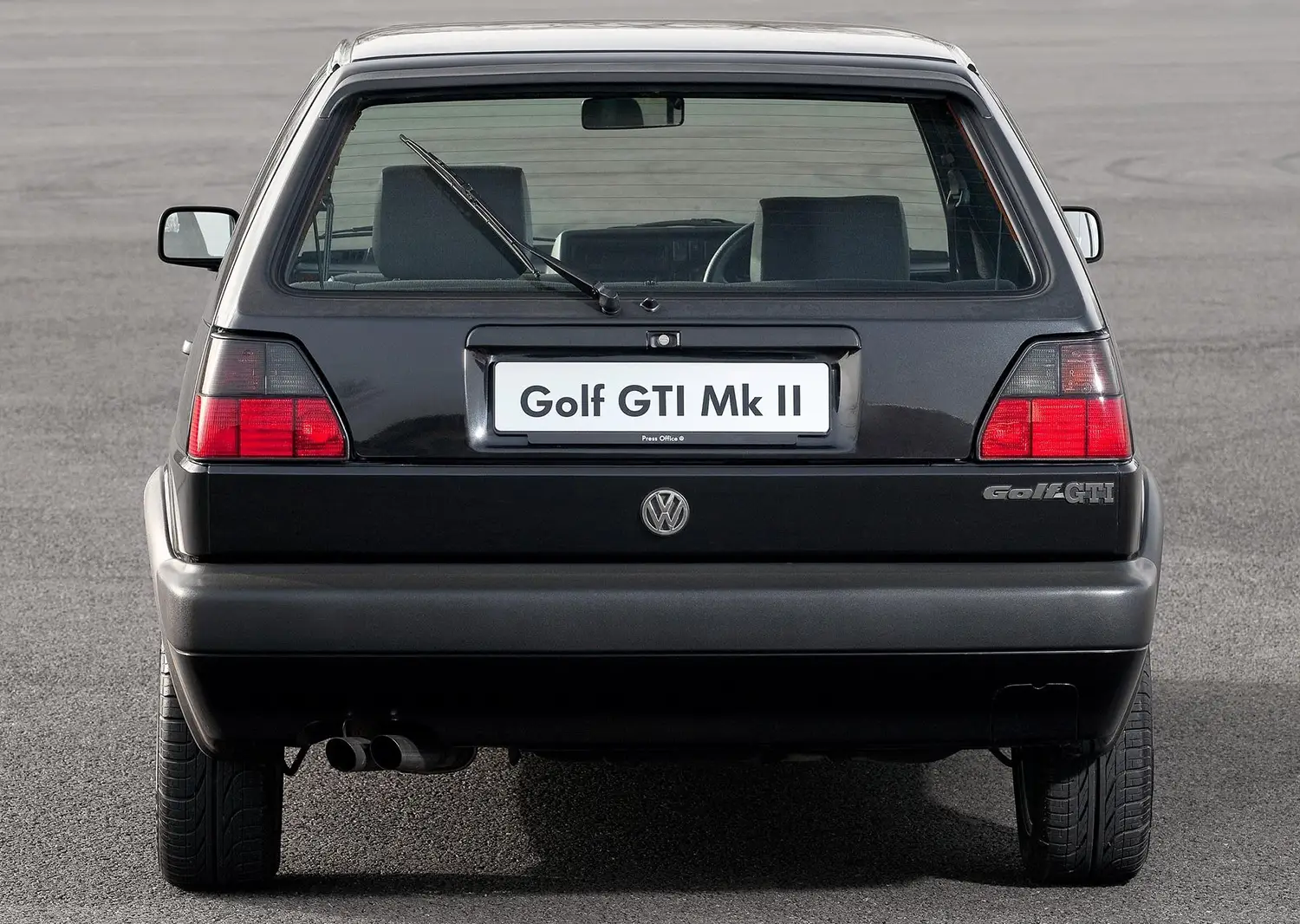
Power and Performance
Under the hood, the 1983 Golf II GTI introduced a 1.8-liter eight-valve engine producing 112 PS and 114 lb-ft of torque. This allowed the car to sprint from 0 to 100 km/h in 8.3 seconds, with a top speed near 192 km/h. Later, a 16-valve version raised output to 139 PS, enhancing acceleration and mid-range response.
The Golf II GTI’s power delivery was smooth and linear, thanks to refined fuel injection and a responsive five-speed gearbox. On the road, it felt agile, precise, and well-balanced, qualities that defined the GTI experience. It offered driving thrills without demanding compromise, a balance few competitors could match.
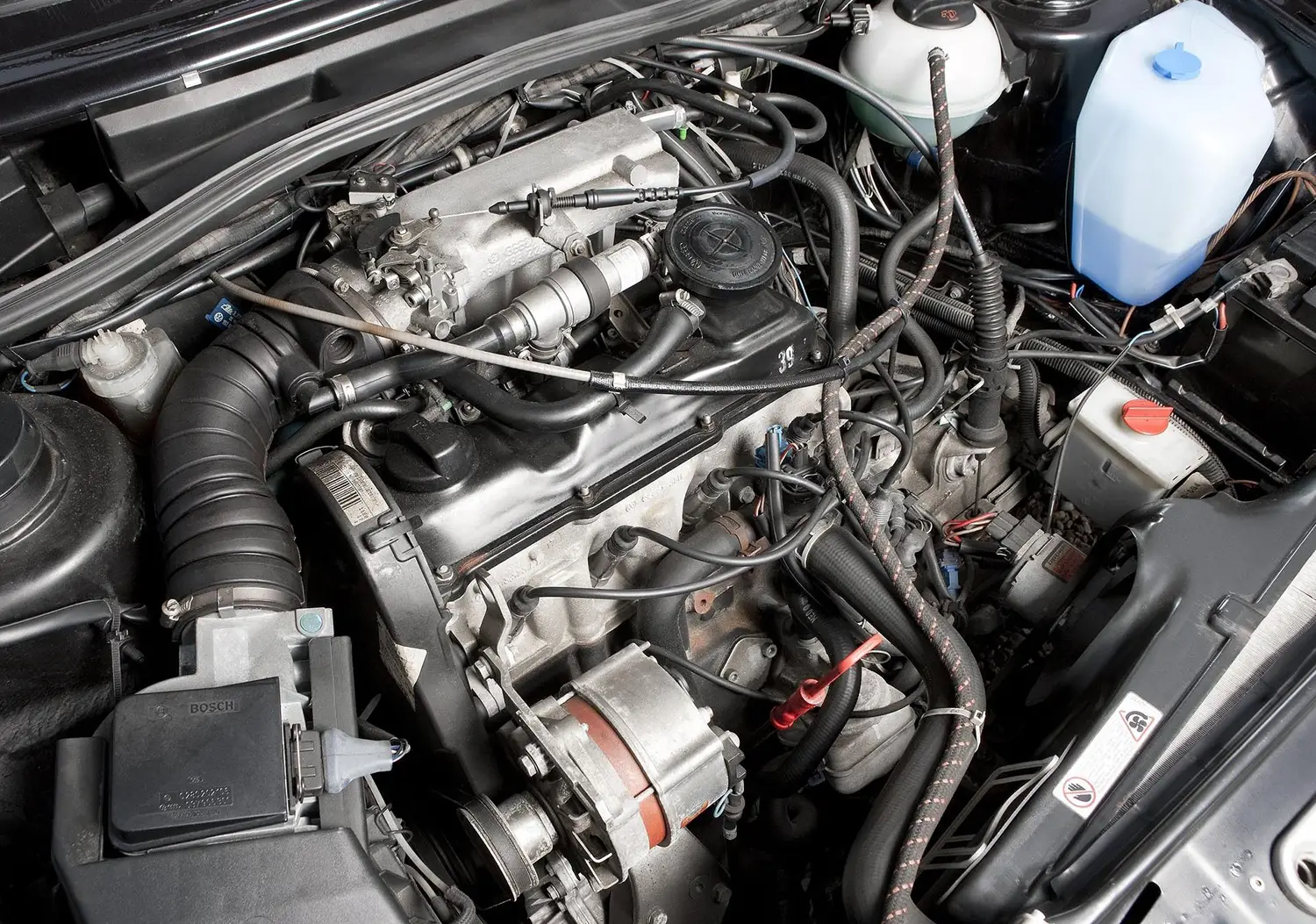
Engineering Advancements
Volkswagen engineered the second-generation GTI with improved suspension geometry and stronger brakes, resulting in sharper handling and better stability. The steering provided quick feedback, allowing drivers to place the car with accuracy. Even on uneven roads, the chassis maintained composure, a testament to the car’s fine-tuned suspension setup.
In Germany, enthusiasts enjoyed the GTI G60, a supercharged 1.8-liter version producing 160 PS. This variant delivered explosive acceleration and showed the engineering ambition that kept the GTI ahead of its time.
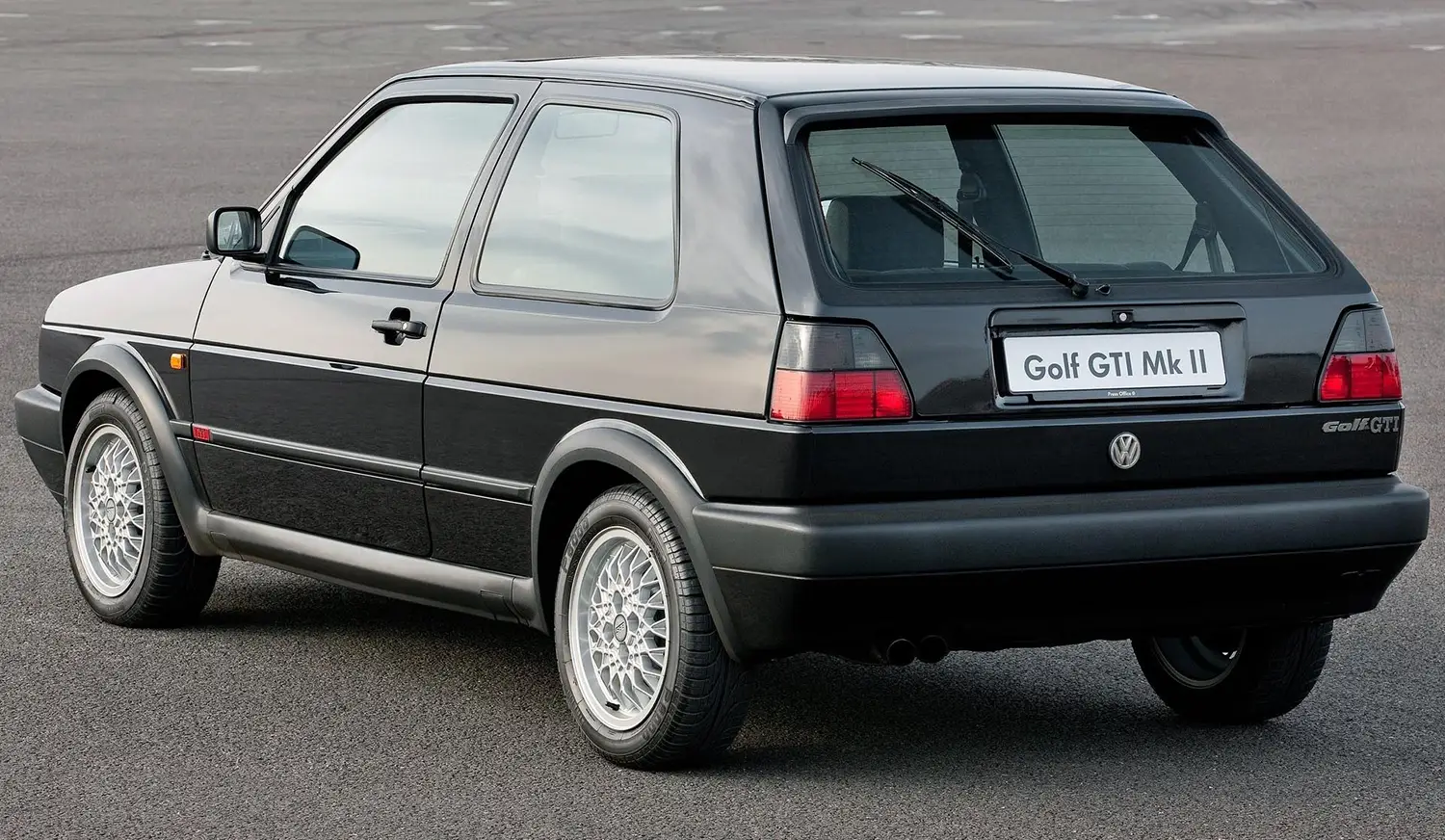
Heritage and Legacy
The Golf II GTI became a global success, appealing to both seasoned drivers and newcomers to performance cars. It retained the character of the original while offering more refinement and everyday usability. Sales soared through the 1980s, confirming the GTI’s reputation as the benchmark of the hot hatch class.
For many, the Mk II remains the most balanced GTI, less raw than the original but more engaging than later generations. It captured the essence of driving pleasure in a practical package, setting the tone for decades of performance-oriented Volkswagens that followed.
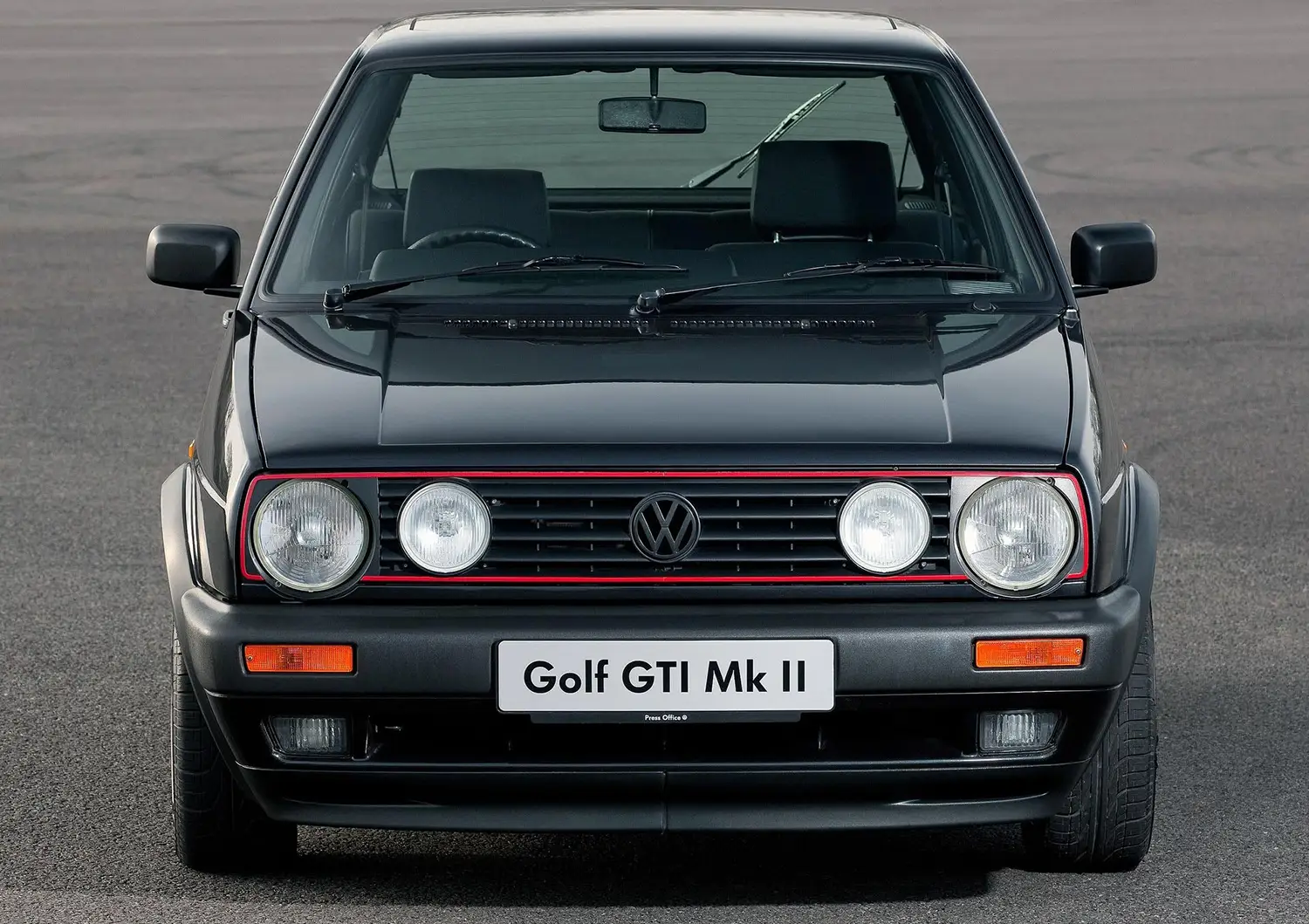
Summary
The 1983 Volkswagen Golf II GTI carried the torch of a legend with confidence. With its 1.8-liter engine, responsive handling, and timeless design, it redefined what a small performance car could be. It wasn’t just a sequel, it was an evolution that solidified the GTI’s place in automotive history.
Disclaimer: Content on this site is for informational purposes only. Vehicle specs, pricing, and availability may change. Always verify details with official sources before making decisions. Opinions are those of the authors.
Source: Volkswagen
